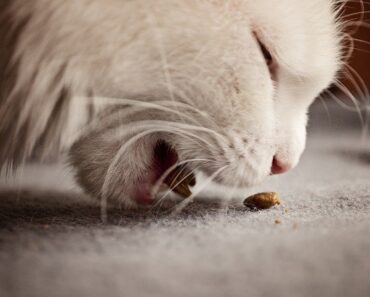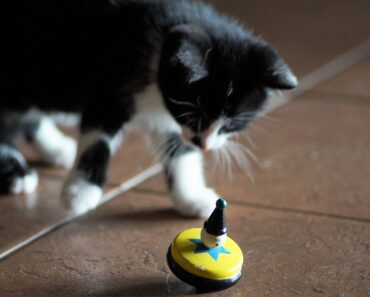Your cat, a sweet and faithful companion, is causing you problems? When you come home in the evening, you find scratches on your furniture every day? It is in the nature of every cat to scratch its environment, but there are some tips to limit the damage!
First of all, you need to know why your cat scratches, what the causes are. Then, you must define which furniture, which furniture, your cat is particularly fond of. This will allow you to find solutions and protect your furniture from your cat’s claws.

Why does my cat claw on the furniture?
Cats, like all felines, need to mark their territory. Thus, it deposits pheromones, present in its paw pads, all over its territory. That’s why your cat chooses strategic places visible to all, to leave his tracks. This “clawing” behavior is actually acquired from birth, by imitation.
It is a necessity for the cat to maintain the condition of its claws. By scratching your furniture, he sharpens his claws, eliminates the fragments of dead claws and makes sport. Your cat needs to exercise: scratching your furniture is an activity like any other!
This physical activity also leads to a posture of overclawing. As you may have noticed, claw marks are always left high up. This is how the cat stretches, holding on to its favorite piece of furniture.
Clawing is also a way to relieve stress. A change in its habit, for example your sudden departure from home, a move of furniture, a move can cause stress in the animal. The cat will try to compensate for this stress by clawing.
The sex of the animal also plays a role: a male cat will tend to mark its territory more than a female cat. He will then scratch your furniture more frequently and in a more important way.
Generally speaking, young cats scratch their environment more frequently. But, as adults, some cats keep this annoying habit…
Where does my cat scratch? Anywhere!
Cats, whatever their age, will particularly appreciate rough surfaces, similar to the bark of a tree. It is then necessary to furnish its interior according to this characteristic.
For example, choose a leather or imitation leather sofa: this very smooth surface will be much less appreciated by your cat and therefore less scratched. On the contrary, your cat will mark its territory on solid wood furniture, or rough surfaces, such as bricks.
Your cat will also like wooden furniture in general: chairs with bars, table legs, window surrounds…
In addition, your cat will scratch your furniture in strategic areas. Close to his sleeping place, close to his litter box, but also in the places that are most familiar to him. The front door and the living room doors are privileged places to mark its territory.
Also, be careful with the wall covering you choose: cats appreciate the texture of wallpaper more than anything else. If your walls are covered with wallpaper, you’re bound to find scratches on it.
If your cat also has an outdoor playground, it will also have marking areas! Don’t hesitate to observe your cat and you’ll certainly notice places where he puts his claws.
5 Tips to prevent my cat from scratching everywhere
Fortunately, there are solutions to limit the damage, while allowing your cat to scratch:
The cat scratcher
The scratching post is particularly suitable for cats of all ages. To encourage your cat to use the scratching post, you can, when he is young, put his pasta on the scratching post and accompany him in the movement. The scratching post should be placed in a location that is visible to your cat. If the scratching post is relegated to a corner of the house where your cat doesn’t spend most of its time, then it will be useless!
Catnip
Catnip comes in many forms today: the actual catnip itself, but also spray containing the scent of catnip. Ideally, you’d like to have a scratching post, catnip and your cat’s litter box all in one place. For practical purposes, you can regularly spray the scratching post with catnip spray. Your cat will be more stimulated and will have a greater desire to use the scratching post for its claws.
The Reward
When your cat uses the scratching post and you notice it, praise him, give him a reward. This way, your cat will gently understand that this behavior is totally appropriate.
Protecting your furniture
If your cat persists, you can protect your furniture, especially with aluminum foil or plastic film. This very smooth texture will definitely deter your cat.
Specific repellents
You can also try repellents containing special hormones. By placing this repellent on the scratched areas, your cat will have no choice but to go to its scratching post. Repellents must be used sparingly: your cat should not feel at home anymore!
As you can see, your cat has a natural need to scratch: for physical reasons, for stress or for marking. He can scratch places where he passes by, places that are important to his daily life. However, there are many solutions: you just have to find the solution that will suit your cat. Scratching posts, repellents, protection, catnip, but also rewards for good behavior, will allow you to limit or even totally stop scratching in your cat.






